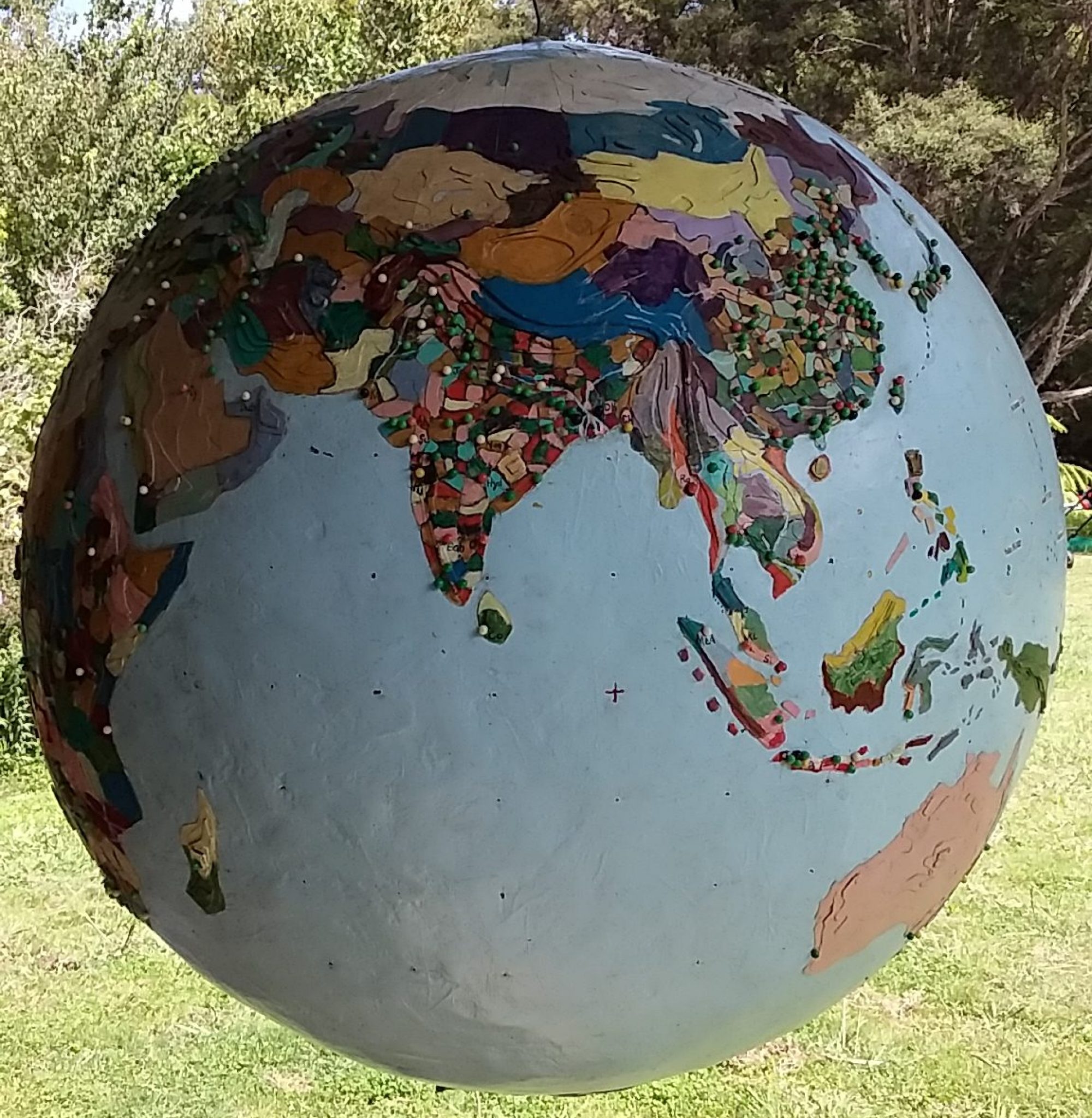
Last month Rwanda’s president, Paul Kagame, was sworn in as chairman of the African Union so this week I talked with two women from Whanganui about their time in Rwanda.
The 1994 genocide, when 800,000 people were murdered by their machete wielding neighbours, still keeps tourists and travelers away but by all accounts Rwanda is one of the safer places to visit in Africa. Pam and Anne went to volunteer in an orphanage.
Landlocked, high on the watershed between the Congo and the Nile, and with fertile soils Rwanda is beautiful and the people humble, they told me. It is also one of the most densely populated countries in Africa.
Apart from a handful of Muslim countries in the Middle East the world’s fastest growing populations are in sub-Saharan Africa. Rwanda’s population is growing at 2.4 percent per annum but twenty African countries are growing faster, including Rwanda’s neighbours: Burundi, The Democratic Republic of Congo (DRC), Tanzania and Uganda.
Rwanda (2015 population 11.2 million) is mostly Christian with a small Muslim community. Rwanda is also divided into Hutu (86%) and Tutsi (14%).
The conflict started with a Hutu revolution in 1959 when the Tutsi monarchy was deposed and 300,000 Tutsis were forced out of the country. In 1994 a plane carrying both the presidents of Rwanda and Burundi was hit by a rocket shortly after leaving Kigali airport, followed by the assassination of the moderate Hutu woman Prime Minister. The army and bands of Hutu “Interahamwe” (those who attack together) then attacked Rwanda’s Tutsis with whatever weapons they could lay their hands on.
Hutu extremists were thought to be responsible for the rocket attack but the Tutsi Rwandan Patriotic Front (RPF) and even Paul Kagame have not been ruled out. Kagame’s RPF then took the capital, Kigali, and two million Hutus fled into the DRC. Anne’s orphanage was near Lake Kivu on the border with the DRC. In 1996 the Hutu/Tutsi conflict spilled over the border into the Congo (then known as the Zaire) and another five million died in the DRC
Because of the huge number of genocide cases the accused are tried in “Gacaca” courts – traditionally used for disputes between families. Pam saw chain gangs, dressed in different coloured overalls depending on the crimes they has commited, maintaining Rwanda’s roads, “I think the murderers wore pink overalls and lots of people had horrible machete scars,” Pam said. Pam also visited the Diane Fossey Research Centre in Karisoke where the mountain gorillas live. “There are armed guards with the gorillas all the time to stop poachers,” she said. American comedienne Ellen DeGeneres has recently established a wildlife fund there.
Since the RDF takeover Rwanda has enjoyed economic stability and the Rwandan army punches well above its weight in the region. Kagame is “genuinely popular” although his enemies “tend to die.”
Kagame’s ambition is to make Rwanda “the Singapore of Africa”. The capital Kigali is sprouting high rise office buildings and the county has the densest road network in the region, twenty percent of which are paved. Landlines are insufficient but they are currently rolling out fibre optic cable and mobile phone ownership is growing rapidly. Along with its neighbours Rwanda has agreed to phase out the import of second-hand clothing and shoes from the first world. Rwanda’s HIV rate has halved since 2000 but there is still malaria and TB.
When tourists arrive any plastic bags are confiscated Pam and Anne told me. Rwanda is a plastic bag free country, there is no graffiti and the last Sunday of the month is a “rubbish pickup day”. In 2008 English was made the language for educational instruction.
Rwanda today is an oasis surrounded by ongoing conflicts. As head of the African Union Kagame faces many challenges. “The temptation to link the entire conflict in Rwanda with overpopulation and competition for resources is irresistible,” said NZ economist Gareth Morgan when he passed through on a motorbike. This goes for much of Africa today.
